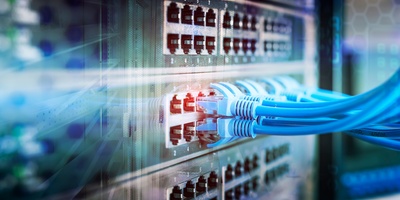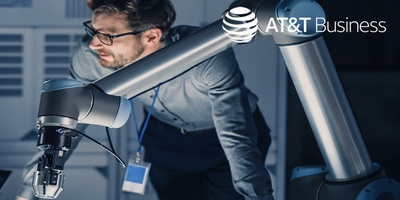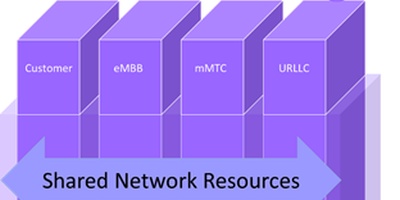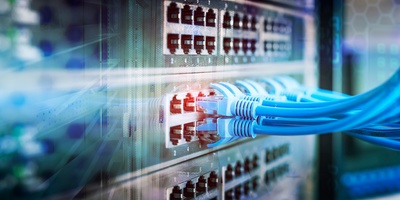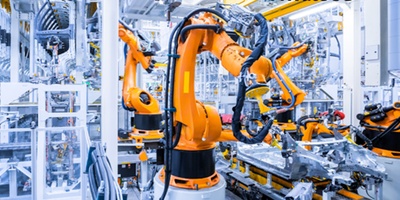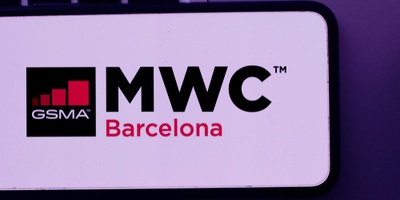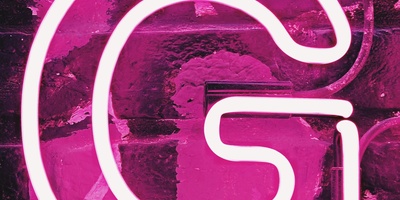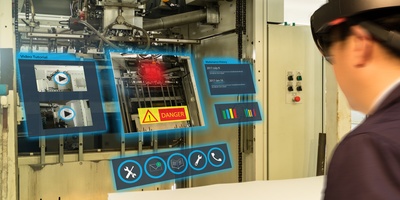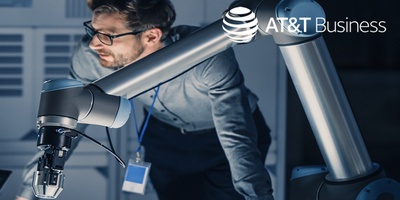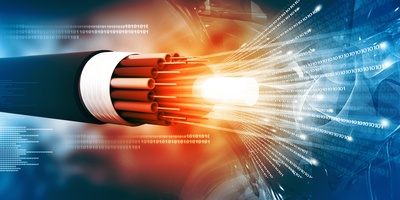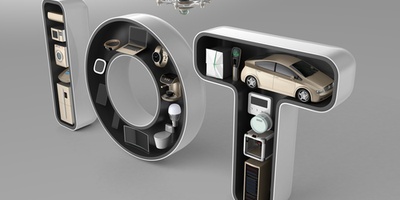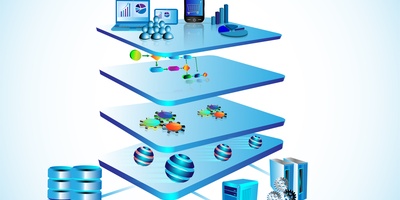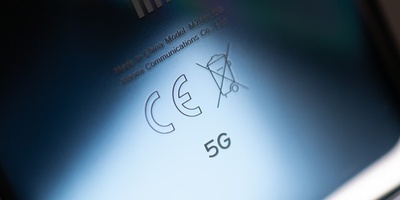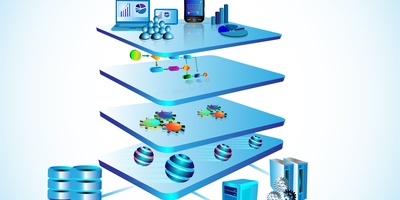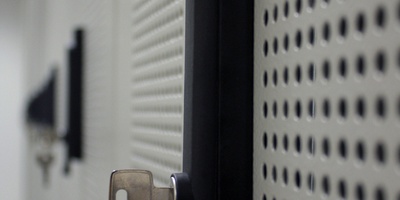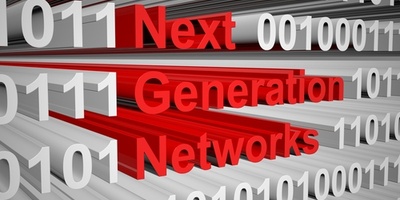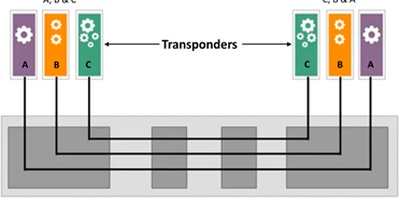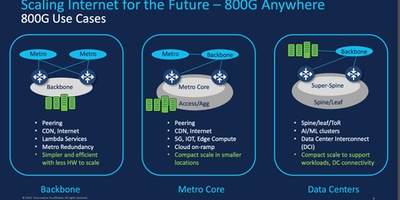Harmonic’s CableOS: Stepping It Up to Enable Agility in Cable Access
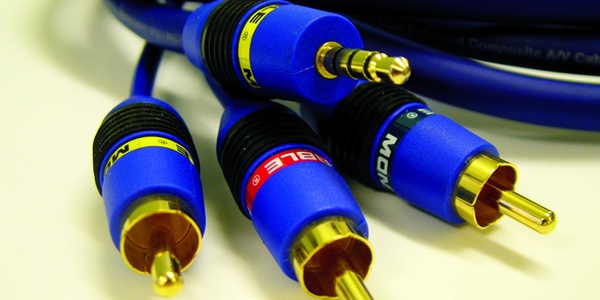
At the recent ANGACOM event in Germany, there was a lot of buzz about Distributed Access Architecture (DAA). Many vendors were demonstrating Remote-PHY solutions, which seems to be gaining traction, at least in the short term. It looks like 2018 will see DAA deployments starting in earnest. The excitement around DAA is driven by the need to satisfy the insatiable demand for bandwidth in the last mile. Bandwidth consumption continues to increase at an exponential rate, growing about 50% year over year. Cable operators have thus far dealt with this increase by splitting nodes, which means reducing the size of the service group served by one node. However, this playbook is no longer enabling them to keep up with the demand. Furthermore, supporting this added capacity in the last mile requires added systems in the head-ends and hubs, leading to significant increases in power consumption, operations costs, and real estate needs. The industry has adopted the DAA as a pathway to meaningfully extend the longevity of DOCSIS with DOCSIS 3.1, thus enabling gigabit speeds. By moving the PHY layer (or the MAC and PHY layers) from the CCAP to the access nodes more bandwidth capacity is enabled in the last mile without a corresponding increase in equipment in the cable head-ends. The industry sees DAA as a prerequisite toward a long-term move toward virtualized networks. Harmonic has taken DAA a step further. Unlike other vendors that offer a hardware-based CCAP with plans to migrate to a software solution in the future, Harmonic’s CableOS is a fully virtualized DOCSIS 3.1 capable CCAP that runs on COTS and is fully compliant with the Cablelabs Remote-PHY specifications. The software implementation enables faster feature velocity, leading to increased agility. It also reduces the operator’s dependence on hardware upgrade cycles. Harmonic claims significant reductions in rack space with the CableOS: essentially, 2–3 racks will have the same performance as 13–16 racks, with the traditional hardware based implementation. This can result in 75% in space and power savings, according to the company. The solution also supports a distributed environment with even more savings. Harmonic has also recognized the importance of maintaining the operating environment that the field personnel is familiar with, and replicated the user interface for management and monitoring, which limits the need for retraining of field personnel , thereby reducing complexity and costs. We are seeing the beginning of an exciting journey for cable companies. Market dynamics and healthy competition are leading to innovation at an unprecedented pace and will enable the industry to continue to thrive. Although all the activity now is about DAA, operators are already drawing plans for virtualized infrastructures.


